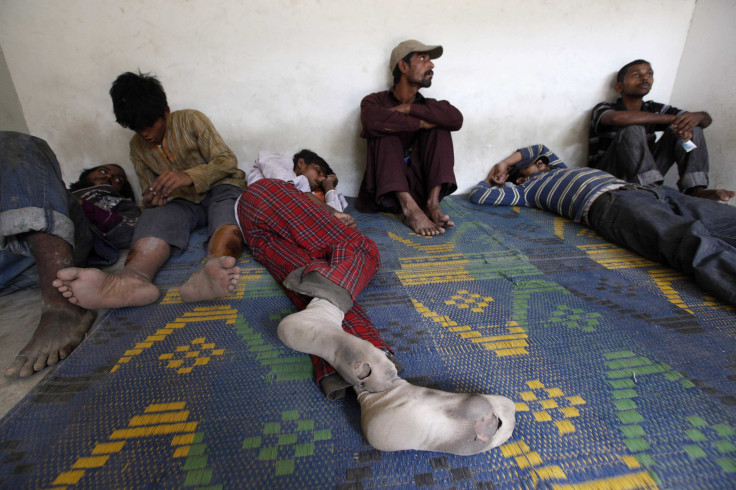HIV Life Expectancy Approaches That Of Average Young American, But At What Quality Of Life?

Thanks to antiretroviral therapy, a combination of drugs that suppresses the spread of HIV (human immunodeficiency virus) within the body, young patients who are HIV-positive now enjoy a life expectancy that rivals the average American, a new study finds.
Underlying this shining discovery, however, is the sobering question of what state these young patients will live out their remaining years in. Barring the potential development of a cure, HIV management comes with a mountain of side-effects, some of which are devastating conditions on their own. And since each patient’s case is unique, the combination of certain drug therapies, patient background, and interaction with other drugs and risk factors may make antiretroviral therapy (ART) the key to longevity but not necessarily to rejuvenation.
“[It is] nothing short of miraculous, given where we were 20 years ago,” Dr. Mark Smith, president of the California Health Care Foundation, not involved in the study, and who treats people with HIV, told Healthline. “It's a stunning success story for biomedical science and has contributed greatly to our understanding of other viruses and disease processes as well."
Researchers collected data on 23,000 patients as part of the North American AIDS Cohort Collaboration on Research and Design (NA-ACCORD), each aged 20 years and older. They took a look at death rates across various time periods, finding that life spans increased from 36.1 years in 2000 to 2002 to 51.4 in 2006 to 2007. Extrapolating for today’s advances and current treatment methods, the team estimated that people living with HIV could potentially live into their early seventies, or roughly the equivalent of the average American.
Unfortunately, the news isn’t all good. Whites were significantly more likely to outlive non-whites, and people with no prior drug use had much better chances than people who had used drug intravenously. While a young white HIV patient may live into his or her seventies, drug users typically lived until age 49 and non-whites until age 58. “Across the board, communities of color fare worse than their white counterparts,” Kyle Murphy, assistant director of communications for the National Minority AIDS Council, told Healthline. “They are diagnosed much later and are less likely to be retained in care or to be virally suppressed.”
Meanwhile, HIV treatment remains a challenge for all. From minor abdominal pain and dizziness to renal failure and HIV-associated neurocognitive disorder, the side-effects of antiretroviral drugs depend on a raft of different factors. If patients don’t follow their drug therapy regimens, they raise their risk of transmitting the disease to others, as it is now less suppressed and can more easily do damage. And despite some theories of “hit hard, hit early” in order to minimize this damage, the costs of facilitating such treatment can run patients into enormous debt.
In the end, however, extending patient life spans is seen by many as a universal good. It means the drug therapies are working. Indeed, certain researchers are skeptical that a cure may never be found, as it means less profit from repeat medication buyers. But on a personal level, it means a great deal. Smith, for instance, has a patient with HIV who is 70 years old.
“He walks his grandkids to school," Smith explained. "The irony is that now I have to worry about the same things I worry about with any 70-year-old — lipids, blood pressure, etc. Five years ago, frankly, I didn't spend a lot of time on mildly elevated blood pressure in people with HIV.”
Source: Samji H, Cescon A, Hogg R. Closing the Gap: Increases in Life Expectancy among Treated HIV-Positive Individuals in the United States and Canada. PLoS One. 2013.



























